Some Known Details About The Cuban - Authentic Cuban Cuisine
Cuban cuisineArroz con pollo (rice with chicken) Cuban food is a blend of African, Spanish, and other Caribbean foods. Some Cuban dishes share spices and strategies with Spanish and African cooking, with some Caribbean influence in spice and taste. This results in a mix of the several different cultural influences. A little but noteworthy Chinese impact can also be represented, generally in the Havana location.
During colonial times, Cuba was an essential port for trade, and many Spaniards who lived there brought their culinary customs with them. Summary [modify] As an outcome of the colonization of Cuba by Spain, among the primary influences on the food is from Spain. Other cooking impacts consist of Africa, from the Africans who were brought to Cuba as servants, and French, from the French colonists who concerned Cuba from Haiti.
Another contributing factor to Cuban food is that Cuba is in a tropical environment, which produces fruits and root veggies that are utilized in Cuban meals and meals. A normal meal consists of rice and beans, prepared together or apart. When prepared together the dish is called "congri" or "Moros" or "Moros y Cristianos" (black beans and rice).
Cuban sandwich [edit] A Cuban sandwich (in some cases called a mixto, especially in Cuba) is a popular lunch product that grew out of the once-open circulation of cigar workers in between Cuba and Florida (particularly Secret West and the Ybor City community of Tampa) in the late 19th century and has given that spread out to other Cuban American communities.
In Tampa, Genoa salami is typically layered in with the other meats, most likely due to affect of Italian immigrants who lived side-by-side with Cubans and Spaniards in Ybor City. Tomatoes and lettuce are readily available additions in numerous dining establishments, but these are considered by traditionalists as an unacceptable Americanization of the sandwich.
-
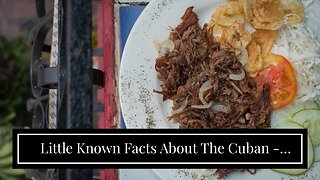 1:32
1:32
My Cuban Perspectives
1 year agoLittle Known Facts About The Cuban - Authentic Cuban Cuisine.
-
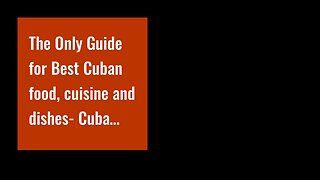 1:56
1:56
My Cuban Perspectives
1 year agoThe Only Guide for Best Cuban food, cuisine and dishes- Cuba Culture
2 -
 2:51
2:51
CultureLifestyleTravel
3 years agoAuthentic Cuban Sandwich the right way
33 -
 4:20
4:20
foodpubfood
2 months agoDelicious 🇨🇺 Cuban Sandwich Made In 🇺🇸 America
36123 -
 6:32
6:32
Mark_Llerena
1 year agoThe World's Most Famous Cuban Restaurant!!
1 -
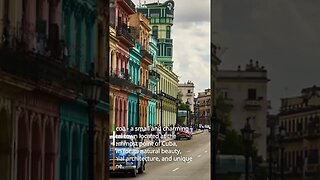 0:24
0:24
Affiliate Marketing
1 year agoTop 10 Places You Must Visit In Cuba
7 -
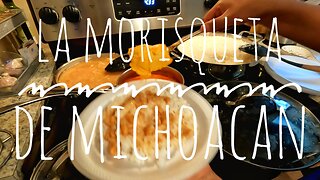 4:07
4:07
CompaReyesFilms
9 months agoExploring Authentic Flavors: Homecooked Morisqueta from Michoacán, Mexico
19 -
 0:16
0:16
RoyandDansBites
3 months agoThe Ultimate Guide to Authentic Mexican Food
281 -
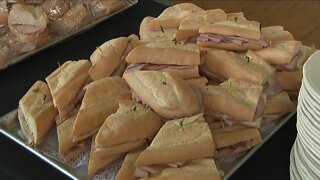 2:20
2:20
WFTS
1 year agoWhat's in a traditional 'Tampa' Cuban Sandwich?
4 -
 24:58
24:58
AmyFood
1 year agoSouth American Cuisine
1